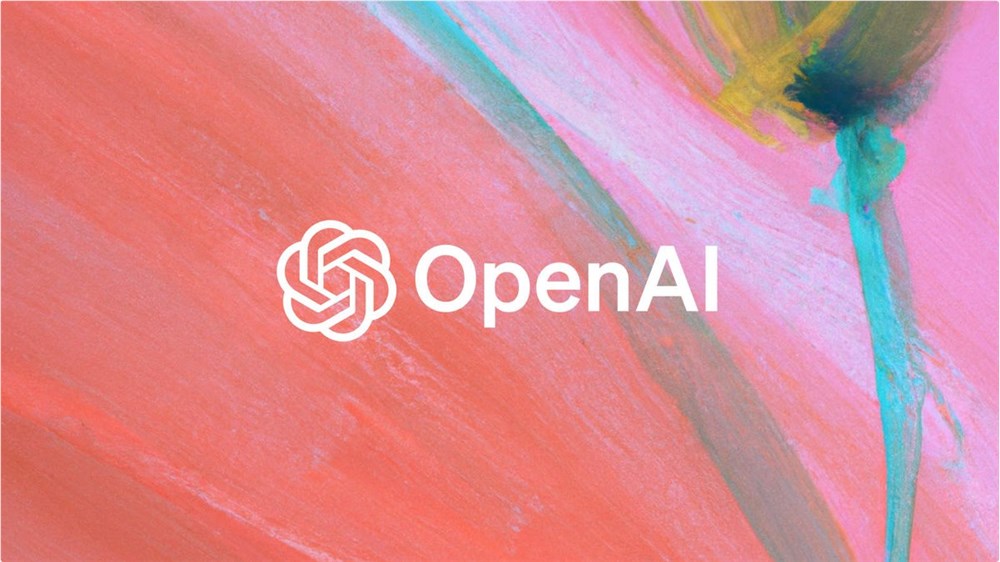As reported by The Verge, OpenAI is planning to launch its next-generation model, Orion, in December. Unlike previous releases of models like GPT-4o and o1, Orion will not be widely released through ChatGPT initially. Instead, OpenAI intends to grant access to companies closely collaborating with them first, allowing these companies to develop their own products and features.
Another source informed The Verge that engineers from Microsoft, the primary partner for deploying AI models at OpenAI, are preparing to host Orion on Azure as early as November.

Although Orion is considered the successor to GPT-4 internally at OpenAI, it remains unclear whether the company will refer to it as GPT-5 externally. As usual, the release plan is subject to change, and both OpenAI and Microsoft have declined to comment on this matter.
Orion has been hinted by a senior executive at OpenAI to be potentially up to 100 times more powerful than GPT-4; it is separate from the o1 inference model released by OpenAI in September. The company's goal is to integrate its large language models (LLMs) over time to create a more powerful model, which could eventually be termed Artificial General Intelligence (AGI).

Previous reports stated that OpenAI used o1 (code-named Strawberry) to provide synthetic data for Orion's training. A source familiar with the matter told The Verge that in September, OpenAI researchers held a happy hour event to celebrate the completion of the new model's training.
This timing coincides with a mysterious post by OpenAI CEO Sam Altman on X, where he expressed excitement about "the rising winter constellations."
If you ask ChatGPT o1-preview what Altman's post is hiding, it will tell you he is hinting at the word Orion, the most visible constellation in the night sky during winter, from November to February (but it also fantasizes that you could rearrange the letters to spell "ORION").
The release of this new model marks a critical moment for OpenAI, which has just completed a historic $6.6 billion funding round, requiring the company to restructure itself as a profit-oriented entity. The company has also undergone significant personnel changes: Chief Technology Officer Mira Murati has just announced her departure, along with the company's Chief Research Officer Bob McGrew and Vice President of Post-Training Barret Zoph.








